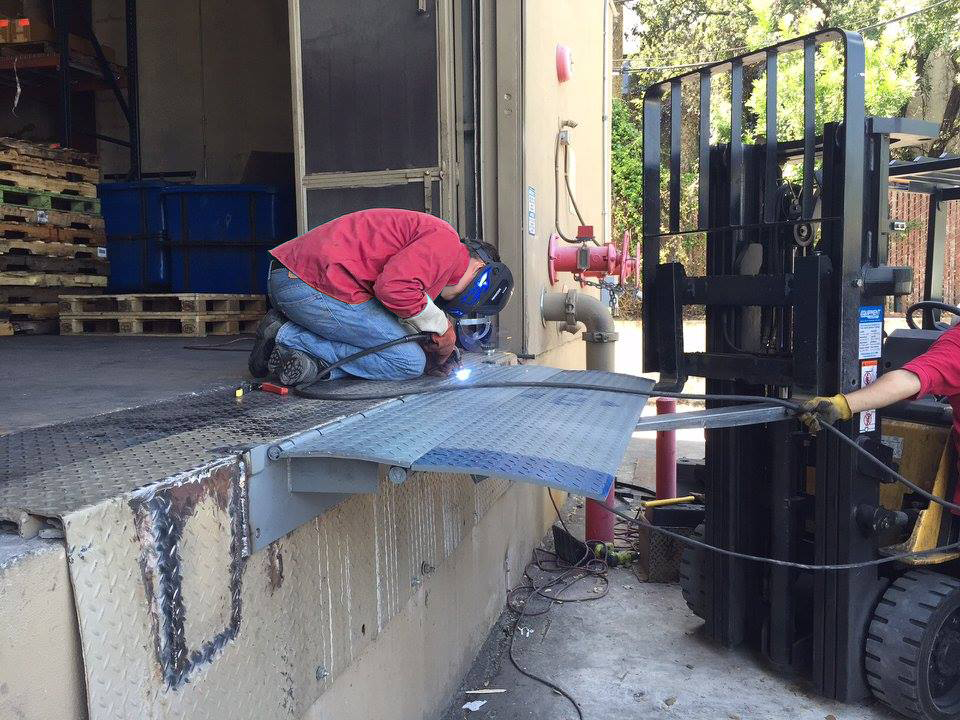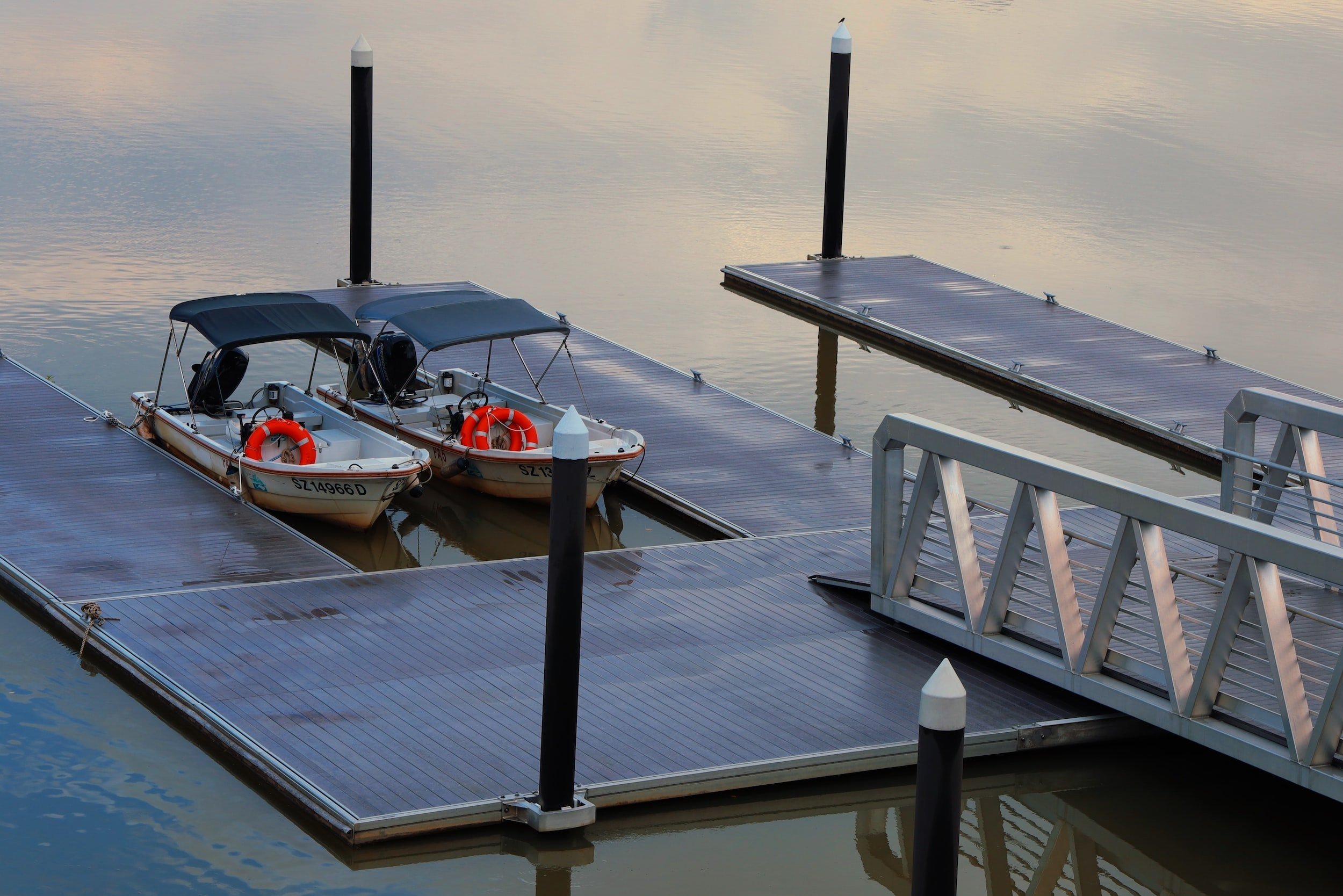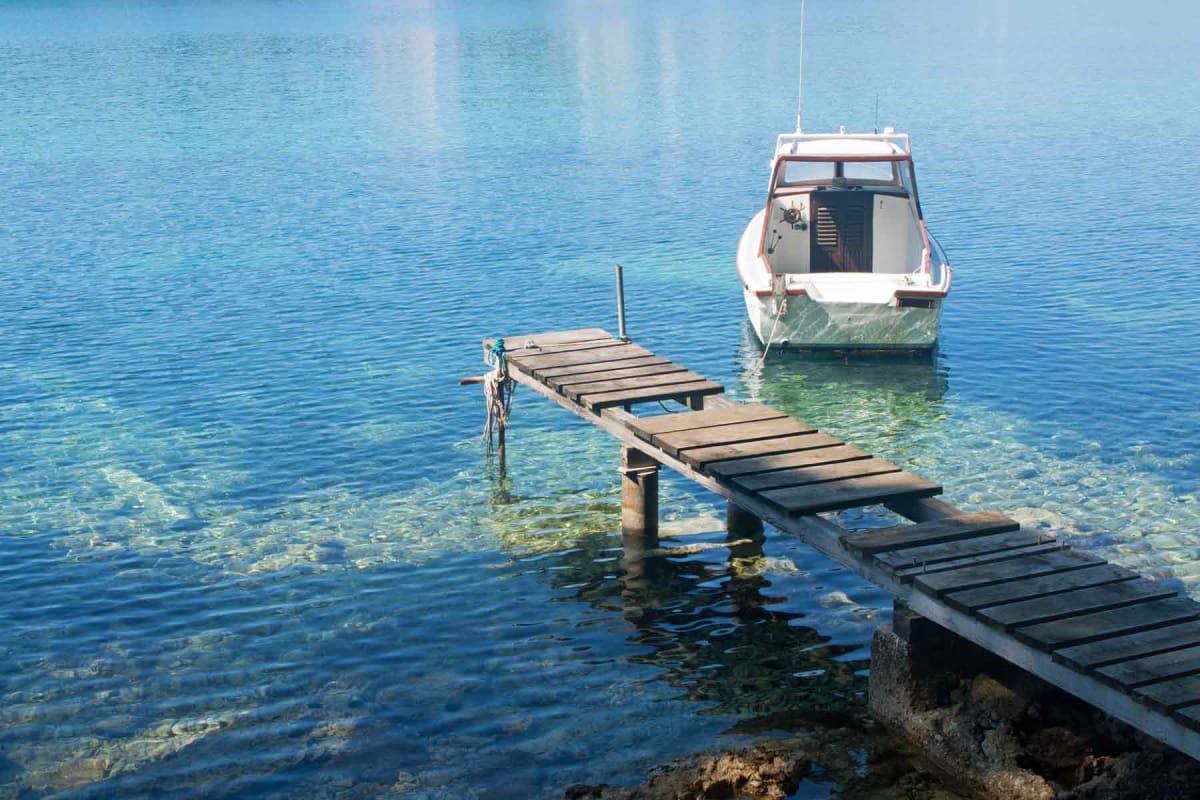Necessary Overview to Budget Friendly Dock Repairs for Homeowners
Necessary Overview to Budget Friendly Dock Repairs for Homeowners
Blog Article
Reliable Dock Fixing Techniques: Ensuring Architectural Honesty
Ensuring the structural honesty of docks via reliable repair methods is paramount for the longevity and security of aquatic centers. Consequently, choosing the best repair service materials, such as composite products and corrosion-resistant alloys, is important for longevity.
Examining Dock Damages
Examining dock damage is an important first action in making certain the structural stability and security of any kind of docking facility. Trick elements to analyze include the dock's structure, pilings, decking, and equipment (Dock Repairs).
Architectural engineers or qualified inspectors usually carry out these assessments making use of specialized methods and tools. Underwater inspections might utilize sonar equipment or from another location ran vehicles (ROVs) to detect submerged damage. Above water, aesthetic assessments are complemented by using moisture meters and various other diagnostic devices to uncover underlying problems not immediately noticeable to the naked eye.

Deciding On Repair Materials
Choosing the ideal fixing materials is a crucial step in the dock repair process, one that directly affects the durability and performance of the repaired framework. Material choice should be driven by variables such as environmental problems, load-bearing needs, and compatibility with existing dock elements.
Along with wood, composite products are increasingly popular because of their resilience and reduced maintenance requirements. Composites, typically made from a blend of plastic and timber fibers, use excellent resistance to rot, pests, and UV damages. For steel docks, picking corrosion-resistant alloys such as galvanized steel or marine-grade aluminum is necessary to protect against corrosion and guarantee architectural integrity in saline water conditions.
Epoxy resins and marine-grade sealants are indispensable for fixing cracks and securing joints, providing a waterproof barrier and improving the dock's general strength. By diligently selecting premium products, dock fixings can achieve resilient outcomes, thus protecting versus future degradation and making sure safe, dependable use.
Structural Reinforcement Techniques
Effective structural support strategies are vital in guaranteeing the security and durability of dock repairs. This technique is specifically efficient for anchors subjected to hefty lots or harsh environmental conditions.
One more vital method is the application of fiber-reinforced polymers (FRP) These products provide high strength-to-weight proportions and outstanding resistance to corrosion, making them excellent for strengthening concrete or wood docks. FRP can be applied in strips or sheets and bonded with epoxy materials to enhance architectural stability.
Supporting and securing systems also play a vital role in architectural reinforcement. Cross-bracing, making use of metal or wood beam of lights, can neutralize side forces, decreasing guiding and activity. Anchoring systems, such as helical piers or driven heaps, supply a secure foundation by moving loads to deeper, a lot more steady soil layers.
Finally, the combination of load-distribution plates can help distribute other weight a lot more uniformly throughout the dock's surface, mitigating localized anxiety points. These techniques jointly ensure that docks remain durable and secure, capable of enduring the rigors of their functional setting.
Advanced Repair Work Techniques

One more advanced method includes undersea welding, which enables for repair services to be performed without the requirement to dewater the area. This approach is especially advantageous for addressing structural problems in immersed dock elements, guaranteeing very little interruption to procedures. Improved welding methods, paired with robotic systems, provide precision and dependability, thus prolonging the lifespan of the dock.
Furthermore, cathodic security systems are carried out to stop corrosion in metal dock structures. By utilizing sacrificial anodes or impressed present systems, these methods properly alleviate the electrochemical procedures that lead to material wear and tear.
Last but not least, progressed monitoring technologies, such as structural wellness surveillance (SHM) systems, provide real-time information on the condition of dock frameworks. These systems make it possible for proactive maintenance and timely treatments, inevitably guaranteeing the lasting structural stability of the dock.
Upkeep and Prevention
Maintenance and avoidance are basic ideas that underpin the longevity and security of dock frameworks. Regular evaluations are extremely important, permitting for early discovery of wear and tear, prospective weak points, and ecological effects. An aggressive strategy, including routine look for rust, rot, and architectural shifts, reduces costly repair services and prolongs the dock's operational life.
Safety nets must consist of applying protective coverings to steel parts to defend against corrosion and making use of cured wood to resist decay. Furthermore, ensuring proper drain and ventilation can prevent water buildup, which is a typical root cause of architectural deterioration. Incorporating top quality products and adhering to producer guidelines during building and construction and fixing phases likewise play important functions in improving toughness.

Educating workers in dock upkeep ideal methods makes sure constant application of precautionary measures. Leveraging technological advances, such as drones for inspections and sensors for real-time tracking, can additionally improve maintenance efforts. By focusing try this on upkeep and prevention, dock owners can guarantee structural honesty, operational safety and security, and cost-efficient management over the dock's life expectancy.
Verdict
In final thought, preserving the architectural stability of marine centers demands comprehensive dock repair strategies. Advanced repair service strategies, coupled with normal maintenance techniques, ensure the dock stays functional and risk-free under diverse ecological conditions.
Ensuring the structural integrity of anchors via efficient repair strategies is critical for the durability and safety and security of aquatic centers.Picking the proper fixing products is an essential action in the dock reconstruction procedure, one that straight affects the longevity and efficiency of the fixed structure.Effective structural reinforcement methods are essential in ensuring the stability and long life of dock repairs. By focusing on maintenance and prevention, dock owners can make certain architectural stability, operational safety, and affordable management over the dock's life expectancy.
In conclusion, maintaining the architectural stability of marine facilities necessitates detailed dock repair methods.
Report this page